It Happened on the Underground Railroad
It Happened In Series
It Happened on the Underground Railroad
Remarkable Events That Shaped History
Second Edition
Tricia Martineau Wagner
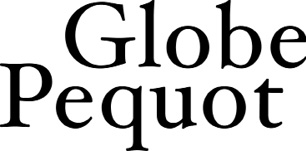
Guilford, Connecticut

An imprint of Rowman & Littlefield
Distributed by NATIONAL BOOK NETWORK
Copyright 2015 by Globe Pequot Press
Front cover photo: Orelia Alexia Franks, ex-slave, Beaumont. Library of Congress
Text design by Nancy Freeborn
Map by M. A. Dub Morris Book Publishing, LLC
All rights reserved . No part of this book may be reproduced in any form or by any electronic or mechanical means, including information storage and retrieval systems, without written permission from the publisher, except by a reviewer who may quote passages in a review.
British Library Cataloguing in Publication Information Available
Library of Congress Cataloging-in-Publication Data
Wagner, Tricia Martineau.
It happened on the Underground Railroad : remarkable events that shaped history / Tricia Martineau Wagner.Second edition.
pages cm
Includes bibliographical references and index.
ISBN 978-1-4930-1574-0 (paperback : alkaline paper) ISBN 978-1-4930-1587-0 (electronic)
1. Underground RailroadAnecdotes. 2. Fugitive slavesUnited StatesAnecdotes. 3. AbolitionistsUnited StatesAnecdotes. I. Title.
E450.W14 2015
973.7'115dc23 2015008463
 The paper used in this publication meets the minimum requirements of American National Standard for Information SciencesPermanence of Paper for Printed Library Materials, ANSI/NISO Z39.48-1992.
The paper used in this publication meets the minimum requirements of American National Standard for Information SciencesPermanence of Paper for Printed Library Materials, ANSI/NISO Z39.48-1992.
For Lois Gallaher Holmes, truly a blessing in our family
I consider involuntary slavery a never-failing fountain of the grossest immorality, and one of the deepest sources of human misery; it hangs like the mantle of night over our republic, and shrouds its rising glories.
Reverend John Rankin, 1826
ACKNOWLEDGMENTS
I gratefully acknowledge the assistance of the following people, without whom I could not have written this book:
- Diane Miller, National Program Manager, National Underground Network to Freedom, National Park Service, Omaha, Nebraska, for providing updated statistics on the Underground Railroad.
- Michelle Lanier, director of the North Carolina African American Heritage Commission, Raleigh, for her research assistance with Mary Walker and the connections she provided.
- Those who pointed me in the right direction when beginning the research for this second edition, including Dr. Tom Hanchett, staff historian at the Levine Museum of the New South, Charlotte, North Carolina; Caroline Manning, registrar at the Harvey B. Gantt Center for African-American Arts & Culture, Charlotte; Leslie Kesler, library aide at the Robinson-Spangler Carolina Room, Charlotte Mecklenburg Library, Charlotte; and Stephanie Hardy, site manager at the Historic Stagville State Historic Site, Durham, North Carolina.
- Caroline R. Miller of the Bracken County Historical Society, Brooksville, Kentucky, for her invaluable research on Arnold Gragston, Reverend John Rankin, and John P. Parker, and also for compiling census records from the Freedom Center in Covington, Kentucky.
- Anne-Marie Rachman, Michigan State University Library, Special Collections, for her research expertise, especially the information she uncovered about James Lindsey Smith.
- Marla Baxter, Assistant Director of Tourism & Renaissance on Main; Lynn David of the Museum Center; and Betty Coutant of the Mason County Beat in Maysville, Kentucky, all of whom shared their information on Arnold Gragston.
- Betty Campbell, president of the Board of Trustees for Ripley Heritage, Inc., and member of the Board of Trustees for the John P. Parker Historical Society, Inc., for sharing research on Reverend John Rankin. Her presentation on John P. Parker inspired me to write about him.
- Major Ronald J. Rice of the Maysville Police Department, for sharing research material on Arnold Gragston and for inviting me to visit the Broadway Christian Church in Dover, Kentucky.
- Doris E. Onorato at the Van Allen House Heritage Center in Mount Pleasant, Iowa, for collecting a plethora of information on Ruel Daggs.
- Mary Savage, the museum board historian for the Lewelling House and Quaker Museum, and Faye Heartsill, president of the board at the Lewelling Quaker Museum, Iowa, for sharing material on Ruel Daggs.
- John Zeller, research historian for the Antislavery and Underground Railroad Project of the State Historical Society of Iowa, for general information on the workings of the Underground Railroad in Iowa.
- Joan Beaubian, president of the New Bedford Historical Society and cofounder of the Massachusetts Underground Railroad Network, for providing information on Nathan and Polly Johnson.
- Jennifer Bergeron of the Barney Ford House Museum in Breckenridge, Colorado, for research on Barney Ford.
- Courtney Oppel, my editor at Globe Pequot Press, as well as Erin H. Turner and Allen Jones, who assisted with editing for the first edition of this book.
- The staffs at the Hege Library at Guilford College in Greensboro, North Carolina; the University Library at the University of North CarolinaChapel Hill; and the Rare Book Manuscripts and Special Collections Library, Duke University, Durham, North Carolina, for their research assistance.
- Gaye E. Gindy, Sylvania historian, Sylvania, Ohio, for her willingness to share her wealth of information on the Lathrop and Harroun families. Her research did much to prevent the Lathrop House from being razed.
- Polly Cooper, Sylvania Area Historical Society, Sylvania, Ohio, and Catherine Martineau, Esq., for information on the Lathrop House.
- Sharon Sacksteder, FSIL, for sharing the story of Miss Edith May Haviland, her remarkable fifth-grade teacher at Lincoln Elementary School in Adrian, Michigan. The work of Miss Havilands abolitionist ancestor, Laura Smith Haviland, was thus brought to my attention.
- Beth R. Olsen, author and long-distance friend, who suggested that I write this book, for her encouragement and her research assistance on William and Ellen Craft, and for helping to unravel the quilt myth and its connection to the Underground Railroad. I also thank her daughters, Andrea Cramer and Julia Smoot, for the same.
- Melissa Johnson, for her friendship and continuous support and for accompanying me on visits to Underground Railroad sites.
- Lorie Helms, Beth Wilson, Anita Sanchez Fitzgerald, Nancy Mills, Kathryn Zychowicz Rahal, Pam Walker, and Joan Rush for their interest and friendship, as well as Beth White, my sister and friend.
- My husband, Mark, for his technical support and unending patience, and our children, Kelsey and Mitch. Thank you for being such a loving family.
INTRODUCTION
Far from being truly underground, or even a railroad, the Underground Railroad was in fact a loosely organized network of individuals who assisted slaves as they escaped bondage in preCivil War America. Between the 1820s and 1860s, an untold number of enslaved African Americans fled over multiple land and water routes to freedom. Slaves from the border states stretching along the Ohio River had an increased chance of success due to their closeness to free soil in the North. Many continued on to Canada. Slaves from Texas crossed the Rio Grande into Mexico. Slaves from Georgia, South Carolina, and Alabama escaped to live with the Seminole Indians in Florida or the Caribbean. Some groups of fugitives set up self-sufficient maroon societies, living out their lives in remote areas such as the Great Dismal Swamp along the VirginiaNorth Carolina border.
Next page
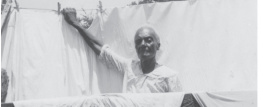




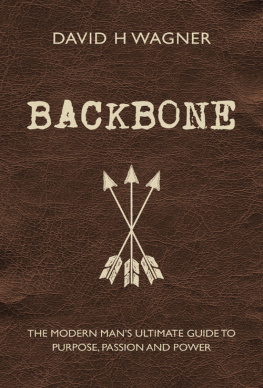



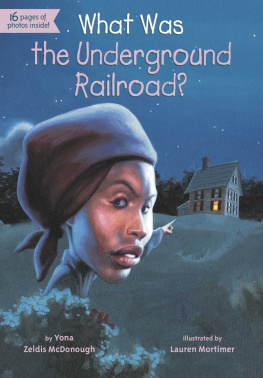

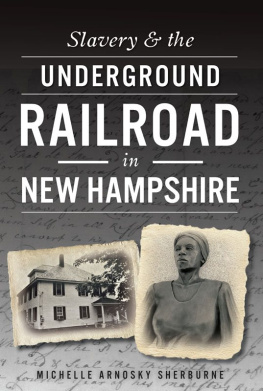
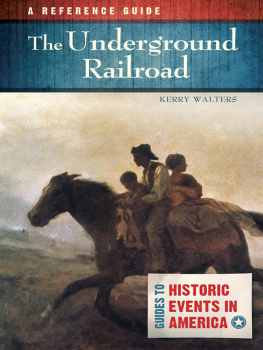
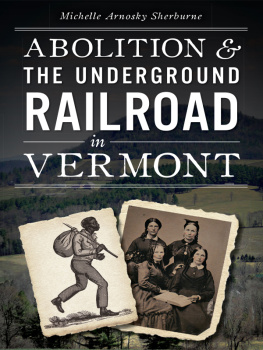
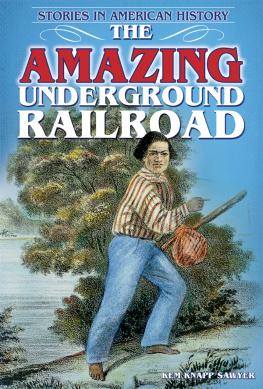


 The paper used in this publication meets the minimum requirements of American National Standard for Information SciencesPermanence of Paper for Printed Library Materials, ANSI/NISO Z39.48-1992.
The paper used in this publication meets the minimum requirements of American National Standard for Information SciencesPermanence of Paper for Printed Library Materials, ANSI/NISO Z39.48-1992.